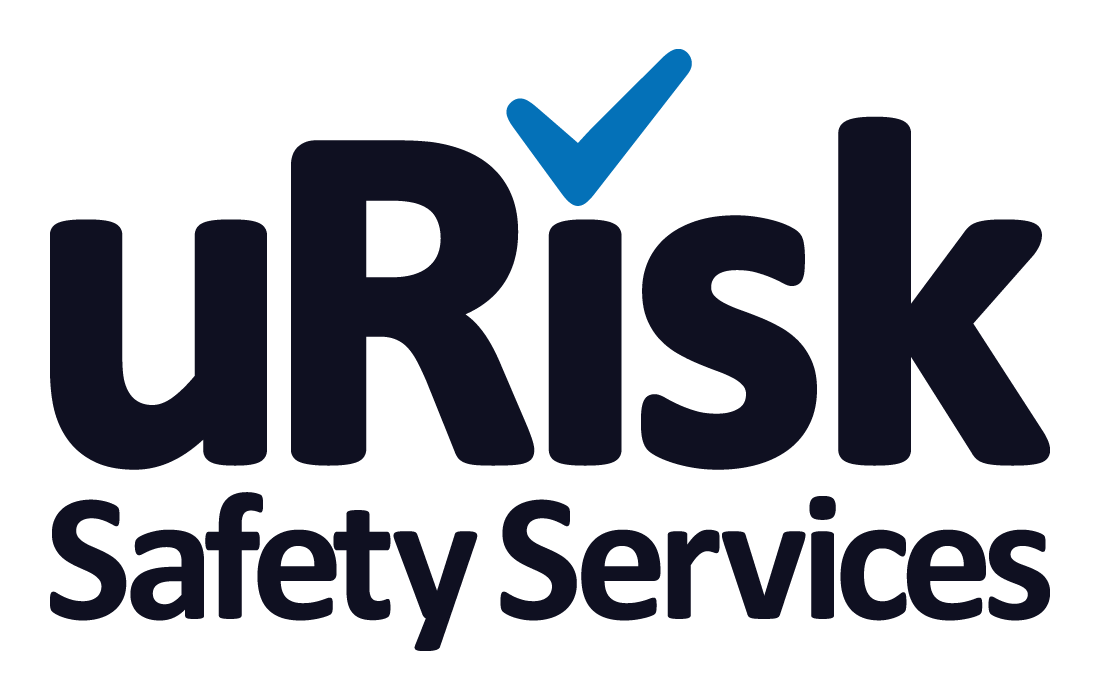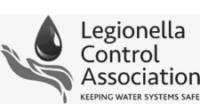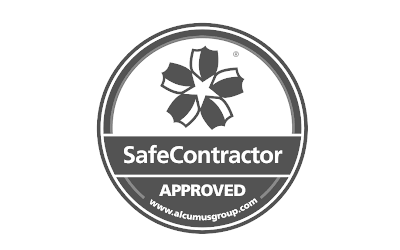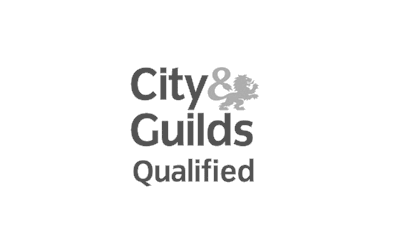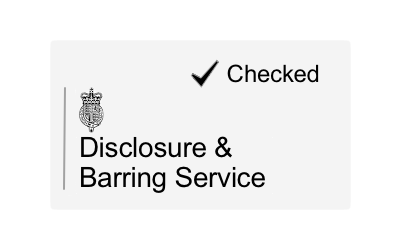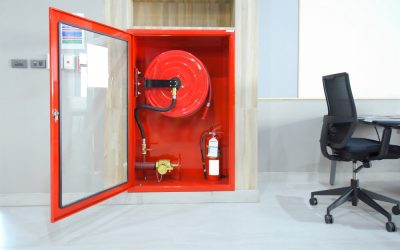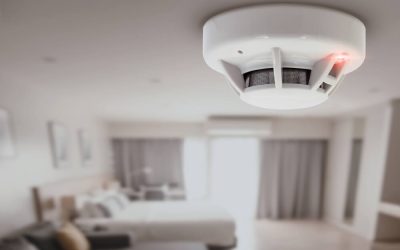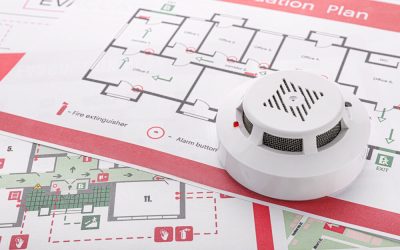A Guide to Legionella Regulations. Assessment – Management – Control
As an employer, landlord, or duty holder in charge of the premises, the Health and Safety Executive has clear guidance about the control of legionella bacteria in hot and cold water systems.
Duties under the Health and Safety at Work etc Act extend to risks from legionella bacteria. The Control of Substances Hazardous to Health Regulations (COSHH) set out guidelines in particular on risk assessment, prevention and control of exposure, surveillance and maintenance, as well as training. It is an employer’s duty to ensure the health and safety of everyone using the premises by taking suitable precautions to control the risk of exposure to the legionella bacteria.
The legionella regulations also state that there must be someone competent to take control of identifying and assessing risks as well as managing them and keeping records etc.
Risk assessment
Risk assessments are a vital responsibility. A legionella risk assessment can either be carried out by you, your duty holder, or an outside specialist. The assessor must look at all aspects of the water system, including:
- Its constituent parts to identify the likely risk of exposure to legionella
- Making sure the temperature of the water is either under 20oC or above 45oC
- That there are no places for rust and sludge to accumulate, or any other conditions that will encourage the bacteria to multiply
- Assessing the likelihood of water droplets to be produced and if so, how widely they will disperse
- The risk of contamination to people who may be vulnerable because of their age, or have reduced immune systems etc.
Risk management
It is the duty of an employer to appoint a competent person to take responsibility for controlling the risk of exposure to the legionella bacteria and overseeing the standards of any contracting work that is required. This person must have the authority, knowledge of the system, skills and experience to take on the task. You can appoint more than one person, especially if your company operates shift working; however, they must all understand what their own responsibilities are and how this will fit in with managing the system as a whole.
Risk control
The key to controlling the legionella bacteria is in its prevention. If it is possible to do something that will prevent the bacteria from growing in the water system, then it is a requirement that you do so. If you identify risks you are unable to prevent, then you need a written control scheme that includes a schematic drawing, appointing someone to carry out regular checks as well as assessments, and who will oversee the implementation of any remedial works you need to undertake.
Record keeping
It is a requirement that if you have five or more employees, then you must keep written records that show who is responsible for risk assessments, as well as what the findings are including dates of testing, test results and actions taken. These records must be kept for a minimum of two years.
Other duties
If you have an evaporative condenser or cooling tower onsite, you must notify your local authority where it is located, and if it is decommissioned. Other systems such as dry/wet coolers or condensers may need to be notified depending on the principles of operation.
You must also report any cases of legionellosis in any employee who has worked on a cooling tower or hot and cold water systems that may be contaminated with legionella.
Please contact us if you would like to find out more about your responsibilities under the legionella regulations.
Legionella and Water Hygiene Blog Posts
Office Fire Risk Assessment
As you would expect, keeping your office safe from the risk of fire is a legal requirement under the Regulatory Reform (Fire Safety) Order 2005. If you are the owner or manager of a business, or landlord of an office building, it is your responsibility to ensure your...
Fire Risk Assessment For Flats
Your legal requirements as a landlord include taking precautions to keep your tenants safe, including when it comes to the risk of fire in flats. As part of the fire safety regulations, fire risk assessments for flats is therefore part of your legal obligation to...
Getting A Risk Assessment For Fire in the UK
As an employer, landlord or facilities manager, it is your legal responsibility to keep everyone who uses your premises safe. A fire risk assessment is an important part of this because it identifies what might cause a fire so you can take steps to prevent one, as...
